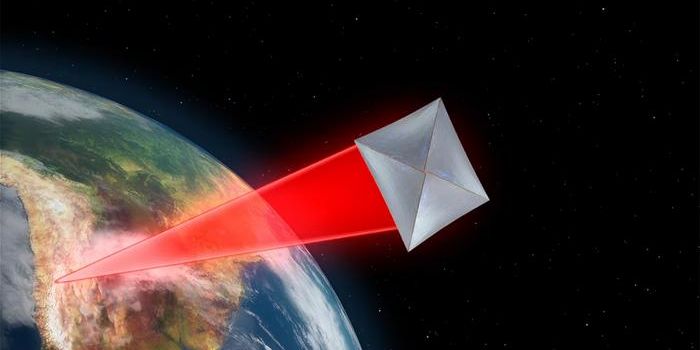Albert Einstein's Greatest Discoveries
Albert Einstein was born March 14, 1879 (coincidentally, 3/14 is also known as pi day because it’s the three digits of pi: 3.14). Known as the father of modern physics, he published some of the most important scientific theories of the 20th century, and his work still drives the physics that we observe today.
While Einstein is probably most famous for his E = mc2 equation, throughout his life, he published almost 300 scientific articles (272, to be exact). Here are some of his less-popular discoveries that still changed the world of physics forever.
Brownian Motion
Brownian motion is the random motion of visible particles by interactions and collisions with surrounding atoms. English botanist Robert Brown first observed this phenomenon while studying pollen in water and noticed it moving in strange and unexpected ways. Because of this, Einstein theorized that if tiny, invisible particles were present in the liquid, then the invisible particles would bump into the visible ones and cause them to move restlessly. Interestingly, this theory laid the groundwork for later discoveries such as Avogadro’s number and the existence of atoms.
Bose-Einstein Condensate
First calculated by Indian scientist Satyendra Nath Bose, Einstein built upon the theory and expanded it from photons to atoms in general. When atoms are subjected to temperatures close to absolute zero, they will clump together and act like one single particle from a physics standpoint, Einstein proposed. This theory led to the discovery of a new state of matter, the Bose-Einstein condensate.
General Theory of Relativity
This theory was quite radical for its time, but it laid the groundwork for how we understand the universe to this very day. It was a dramatic restructuring of Newton’s law of universal gravitation. Einstein theorized that the force between two objects isn’t constant; instead, it depends on how far apart the objects are and how massive they are. The theory also proposed that massive objects could cause distortions in spacetime.
Photoelectric Effect
Einstein’s work in 1905 proposed that light should be thought of as a stream of particles instead of a wave. This new theory helped explain some of the strange phenomena that other physicists had observed when studying light. These particles called photons were tiny packets of light that had the properties of both particles and waves, which is how we understand light today. This discovery won Einstein a Nobel Prize in 1921.
Special Relativity
Of course, I would be remiss not to talk about Einstein’s theory of special relativity because even though it is well known, it still altered the landscape of physics drastically. The famous equation Energy = mass * (speed of light)2 explains how speed affects mass, time, and space. The revelation was that objects in motion experience time differently. It also laid the groundwork for the hypothesis that time and space are linked and are relative concepts in relation to the speed of light.
Einstein would go on to postulate many more groundbreaking theories over the course of his life, and we remember his critical contributions to science every day. Happy birthday, Albert Einstein!
Sources: APS Physics, Encyclopedia Britannica, Interesting Engineering, Space.com








